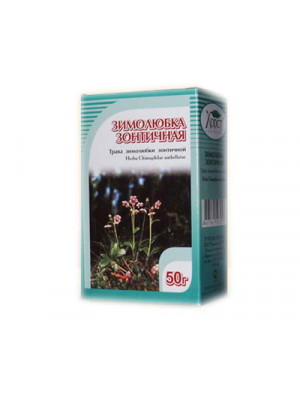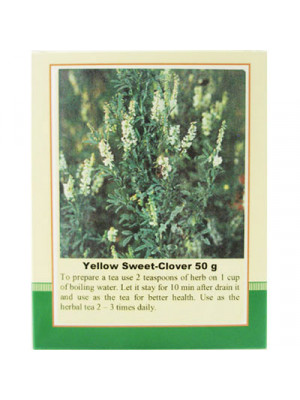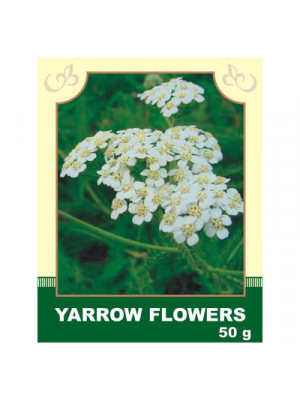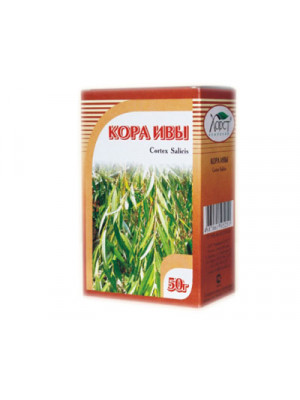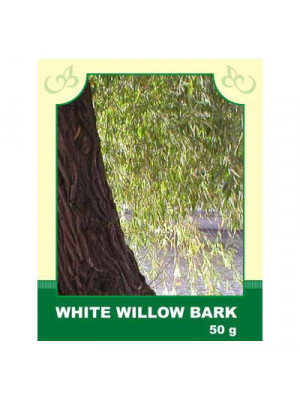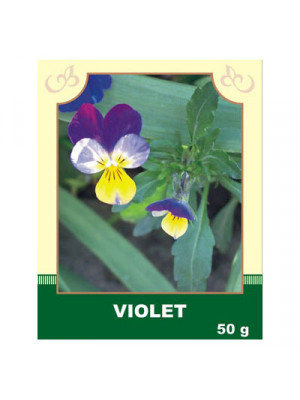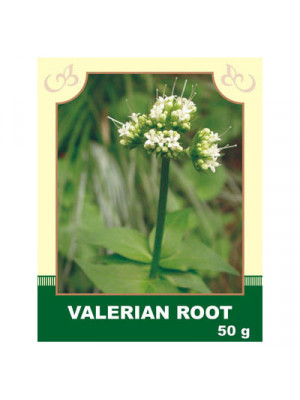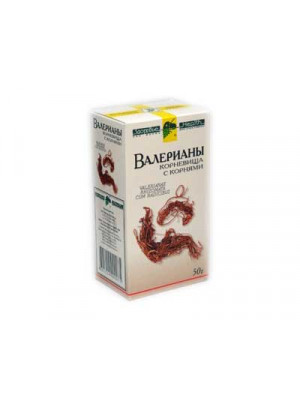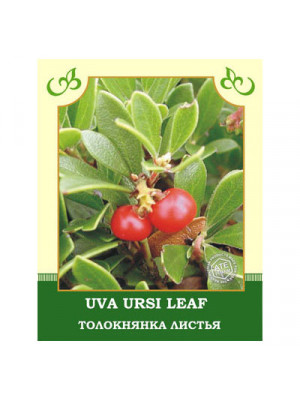Herbs
- zimolyubka antiseptic, anti-inflammatory, antispasmodic, diuretic, choleretic, analgesic, astringent and wound-healing effect, and also lowers blood sugar and regulating effect on the menstrual cycle.$7.99
- It helps promote lymphatic drainage and reduces fluid retention, particularly in the tissues of the vein wall.$6.99
Internally: Taken as a hemostatic agent for intestinal and uterine bleeding, dysentery, inflammatory diseases of the bladder, ovaries, gastritis with low acidity, diarrhea, ulcers of the stomach and duodenum, liver diseases, hepatitis, cholecystitis, and angiocholitis, cough, and colds. Also used as a calming remedy for neurosis, hysteria, and hypertension.
Method of application and doses: Decoction - 1 teaspoon in 250 ml of boiling water, simmer for 5-10 minutes over low heat, strain. Drink 1/2 cup 3 times a day. Tincture: 30 g of dry herb is infused in 100 ml of vodka, infused in a dark place for 1 week, strained, and taken in 20-30 drops 3 times a day before meals for dysmenorrhea, angina, and intestinal spasms.
Externally: The decoction of yarrow is very effective when used locally for small cuts, abrasions, scratches, toothache, herpes, focal baldness, and lichen. For bleeding from the eroded cervix, tampons soaked in yarrow infusion or decoction are used. In cases of prolapsed hemorrhoids and bleeding hemorrhoids, compresses soaked in a cold yarrow decoction are applied.
Contraindications: Individual intolerance, during pregnancy, and for those suffering from allergies.
$6.99- Bark is used to ease pain and reduce inflammation, and there is good evidence that it is effective as an analgesic and anti-inflammatory. Due to its astrigent action willow bark is used for diarrhea and gastro-intestinal inflammations.$6.99
Internally, a watery infusion of the leaves is used for gastritis, diarrhea, catarrh of the colon, conditions associated with diarrhea and constipation, inflammation of the small intestine, jaundice, hemorrhoids, uterine bleeding, heavy menstruation, asthma, and as a diuretic.
Method of application and dosage: Place 2 tablespoons of raw material in a thermos, pour 250 ml of boiling water, infuse for 1 hour. Drink 1/3 cup 3 times a day before meals. Externally, the infusion of leaves is used in the form of enemas and washes for bleeding and inflamed hemorrhoidal nodes.
Contraindications: individual intolerance.
$8.99Internally, the decoction is taken for headaches, neuralgia, various forms of neurosis, rheumatism, gout, colds, indigestion, inflammatory processes in the intestines and stomach, jaundice, liver and spleen diseases (if overloaded with large doses of toxins), diarrhea, diseases of the urinary tract, gynecological and infectious diseases, and internal bleeding.
Method of application and dosage: Steep 1 teaspoon of bark in 200 ml boiling water, let it infuse until cool, strain, squeezing out the plant material. Bring the resulting infusion to the initial volume with boiled water, and take 1 tablespoon 4-5 times a day.
Externally, willow bark is used as a mouthwash for stomatitis, periodontosis, angina, and inflammatory processes in the oral and throat cavity. It is also used in baths for varicose veins and for washing wounds and ulcers on the body.
Contraindications: Pregnancy, lactation, individual intolerance. It should not be used if aspirin, laxatives, cold and cough remedies, antacids, vitamins, and amino acids are used in treatment.
$6.99Internally: Violet tricolor is used as a means to stimulate kidney activity, diuretic, diaphoretic, and blood-purifying; tea from violet tricolor herb is consumed for rheumatism, rickets, lung diseases, gout, and osteoarthritis, as well as for joint rheumatism. Additionally, it is taken for cold cough and as an expectorant.
Method of application and doses: 1 tablespoon is poured with 200 ml of hot boiling water, heated in a boiling water bath for 15 minutes, cooled at room temperature for 45 minutes, strained. Take 1/2 cup 3-4 times a day before meals.
Externally: Used as mouthwash for inflammations of the upper respiratory tract and for compresses on wounds.
Contraindications: Individual intolerance.
$4.80Internally, aqueous infusion and alcoholic tincture of the rhizomes and roots are used as a calming remedy for nervous excitement, insomnia, asthma, palpitations, seizures, spasms, hysteria, neuroses of the cardiovascular system accompanied by pain and spasms of coronary vessels, for nervous diseases of the stomach and intestines, skin diseases on a nervous basis, and other nervous disorders. They are also used for headaches of nervous origin and inflammation of the sciatic nerve.
Method of application and dosage: 2.5 tablespoons of roots are poured with 200 ml of boiling water, infused for 45-60 minutes, strained. Boiled water is added to the obtained infusion to the original volume. Take 2-3 tablespoons 3-4 times a day, 30 minutes after meals. Tincture: 1 part valerian roots and 5 parts 70° alcohol or vodka, infuse for a week, strain. Take 15-20 drops 3-4 times a day.
Contraindications: Individual intolerance. Nausea and vomiting may occur in case of overdose.
$6.99- Valerian has been used as a sleep aid for over 1,000 years. This herb is a native plant both of Europe and North America. Valerian roots are often prepared in tea form, and in doing so they should not be prepared with boiling water, as this may drive off the lighter oils. Its ability to help relax the central nervous system, promote feelings of calm, decrease levels of anxiety and stress, and enhance sleep are known to millions the world over. Unlike some prescription sleep aids, valerian is not known to cause morning grogginess and is non-addictive.$7.99
Internally: Used as a diuretic for cardiac edema, antiseptic for diseases of the urinary tract and bladder. The tincture is recommended for use in diseases of the nervous system, alcoholism, and as a remedy to normalize sleep. It is also used as a therapeutic and analgesic for joint rheumatism, gout, and malignant tumors.
Method of application and doses: Infusion: Place 1 tablespoon of raw material in an enameled dish, pour 200 ml of hot boiled water, heat in a water bath for 15 minutes, cool at room temperature for 45 minutes, strain. The volume of the resulting infusion is brought to 200 ml with boiled water. The prepared infusion is stored in a cool place for no more than 2 days. Take 1/3-1/2 cup 3-5 times a day 40 minutes after eating.
Externally: In the form of baths and washes for diathesis and purulent wounds.
Contraindications: Individual intolerance, during pregnancy and in case of glomerulonephritis. Prolonged use is not recommended. Consult a specialist for kidney diseases.
$6.99


